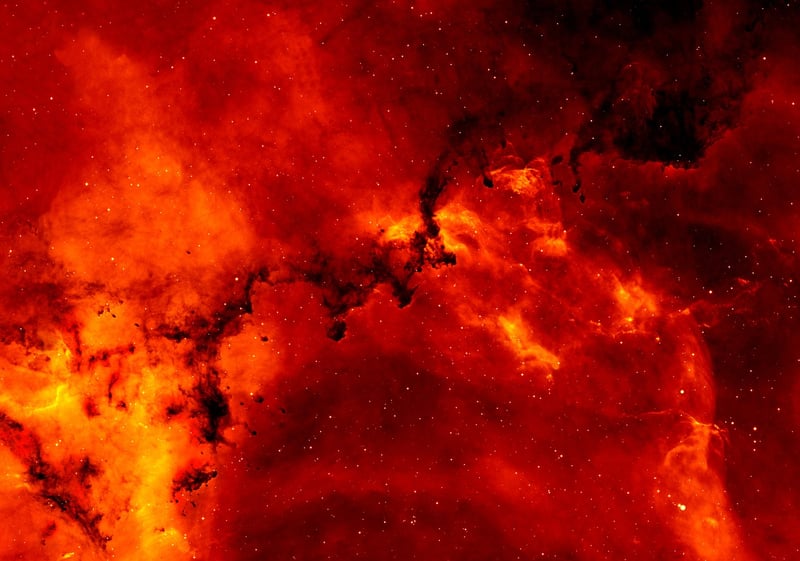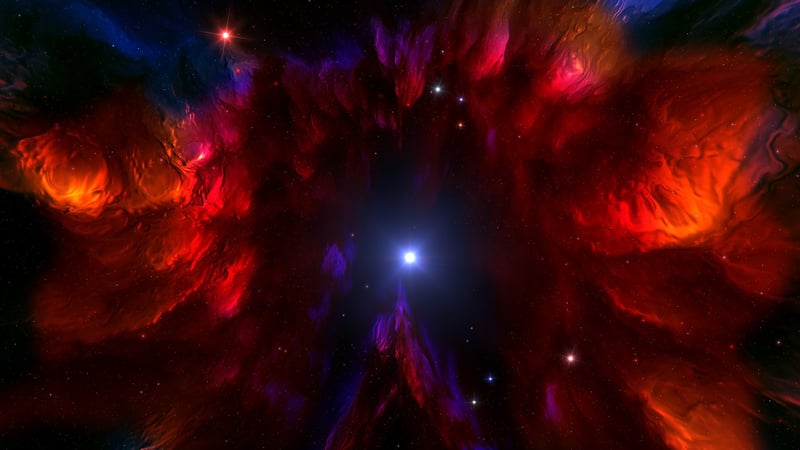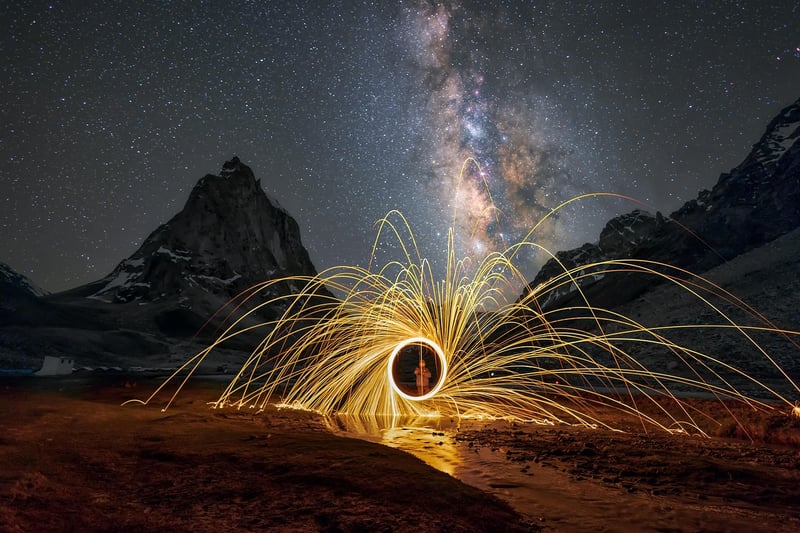Nebula Exploration
Mapping Cosmic Terrain: A Journey Through Nebula Exploration

Embark on an otherworldly adventure as we delve into the mesmerizing realm of nebulae, the celestial wonders that adorn the vast expanse of the universe. Nebulae, often referred to as the "gardens of the universe," are clouds of dust, hydrogen, helium, and other ionized gases where stars are born and die, creating breathtaking cosmic landscapes.
Types of Nebulae
There are primarily four types of nebulae:
- HII Regions: These are emission nebulae primarily composed of ionized hydrogen gas, often associated with regions of star formation.
- Planetary Nebulae: Formed from the outer layers of a red giant star that are expelled into space, creating intricate and colorful structures.
- Supernova Remnants: Resulting from the explosive death of a massive star, these nebulae showcase the remnants of a supernova event.
- Dark Nebulae: These are dense clouds of gas and dust that obscure the light from objects behind them, creating intriguing silhouettes against the backdrop of stars.
Exploring Nebulae
Thanks to advancements in space exploration technology, astronomers can now capture stunning images and data from various nebulae, unraveling their mysteries and scientific significance. Some of the most famous nebulae include:

Conclusion
Exploring nebulae not only offers a glimpse into the dynamic processes shaping our universe but also inspires awe and wonder at the sheer beauty and complexity of the cosmos. Whether through telescopic observations or space missions, the study of nebulae continues to captivate scientists and enthusiasts alike, inviting us to ponder the mysteries of the universe.
